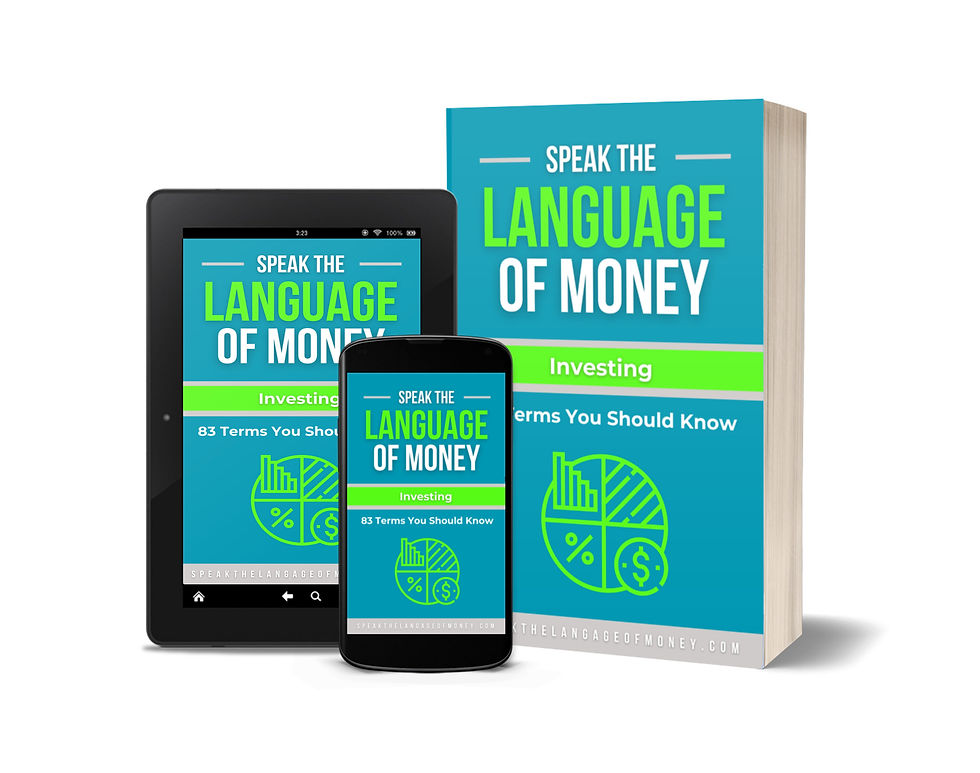Financial Word of the Day: Bid-Ask Spread
- Larry Jones

- Sep 2
- 2 min read
Updated: Sep 24

Definition of Bid-Ask Spread (Plain English)
The bid-ask spread is the tiny gap between what buyers are willing to pay (the bid) and what sellers are asking to receive (the ask) for a stock, ETF, crypto, or any traded asset. That gap is a built-in cost of doing business—like a small toll to cross the bridge between “I want it” and “I own it.”
Why It Matters
Hidden cost: Even if your broker charges $0 commission, the spread can still nick you on every trade. Narrow spreads = lower cost.
Liquidity signal: Tight spreads usually mean lots of active buyers and sellers. Wide spreads can hint at thinner markets.
Volatility check: Spreads tend to widen when markets are jumpy (open/close, news events) and tighten in calm, well-traded names.
Quick Example
You open your app and see $50.00 × $50.05 for XYZ.
Bid: $50.00 (top buyer)
Ask: $50.05 (top seller)
Spread: $0.05
If you place a market buy, you’ll likely pay $50.05. If you immediately turned around and sold at the bid ($50.00), you’d be out $0.05 per share purely from the spread. Buy 100 shares? That’s $5—about 0.10% of the trade (spread ÷ midpoint ≈ $0.05 ÷ $50.025).
Now compare that to a thinly traded stock showing $49.50 × $50.50. That’s a $1.00 spread—20x more expensive to cross. Ouch.
Talk Like A Pro
“This ETF is super liquid—its bid-ask spread is only a penny.”
“Spreads look wide right now; I’ll use a limit order instead of a market order.”
“Let’s trade mid-day when the spread is tighter.”
Pro Tips To Keep Spread Costs Low
Prefer liquid tickers: Heavily traded stocks/ETFs usually have tighter spreads.
Trade during peak liquidity: Typically the middle of the trading day; avoid the first and last few minutes when spreads widen.
Use limit orders: Set your price near the midpoint rather than crossing the full spread with a market order.
Check the % spread: A $0.05 spread means more on a $2 stock than on a $200 stock—always think in percentages.
Mind news and after-hours: Spreads often balloon when headlines hit or outside regular hours.
Bottom Line
The bid-ask spread is a quiet, constant cost that can add up—especially if you trade often or deal in less-liquid names. Before you click “buy,” glance at the spread, consider a limit order near the midpoint, and try to trade when liquidity is strongest. Small tweaks here can put real dollars back in your pocket over time.






Comments